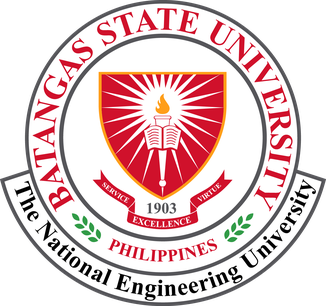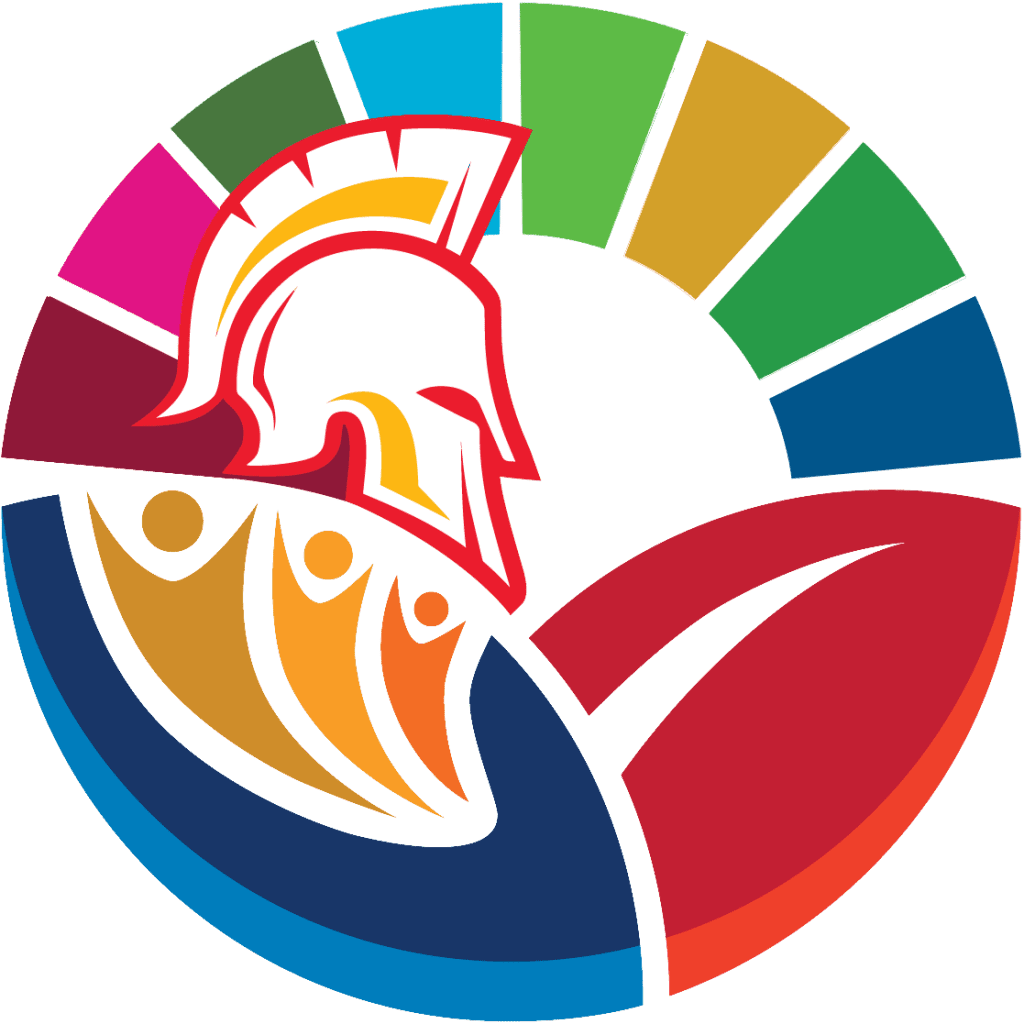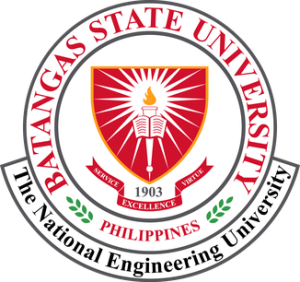The tropical red seaweed Halymenia durvillei Bory de Saint Vincent is a potential source of the high-value pigments, r-phycoerythrin (RPE) and r-phycocyanin (RPC). The unique properties of these pigments find many applications—from food to cosmetics, pharmaceuticals, and biomedical research. This study aimed to improve the land-based culture technology of H. durvillei by determining the appropriate...
Tag: 14
Marine macrophyte composition during summer, southwest and northeast monsoons in Verde Island, Batangas City, Batangas, Philippines
Verde Island Passage is the world’s center of the center of marine shore fish biodiversity, located in southwestern Luzon Island in the Philippines. The passage is named after Verde Island, which is located at its middle. Although the island is located within a key biodiversity area, studies on its marine macrophyte biodiversity are scant. The...
Photosynthetic fluctuation accompanied by translocation of chloroplasts in Ulva conglobata (Ulvophyceae) grown under a low irradiance regime
Fluctuations in photosynthetic characteristics related to chloroplast translocation have been known in the foliose green algae Ulva lactuca var. latissima and var. rigida and U. mutabilis according to photoperiod. In Ulva, the single parietal chloroplast is found along the thallus surface wall and exhibits high photosynthetic activity during the light period; the chloroplast then moves towards the side walls and shows low...
The VIP CORALS Marine Repository Hub: Laying foundations for science and discovery in the VIP
The Philippines is said to be the center of the center of marine shore fish biodiversity because of a key marine biodiversity corridor known as the Verde Island Passage (VIP), which has up to 1,736 species over a 10 x 10 km area (Carpenter and Springer 2005). The VIP harbors a vast and rich marine...
Threats on Natural Stand of Philippine Teak along Verde Island Passage Marine Corridor (VIPMC), Southern Luzon, Philippines.
This study documents the threats of the critically endangered Tectona philippinensis in the backdrop of the past conservation policies and projects. Twelve 20m x 50m plots were distributed in three altitudinal strata (S1= 50 – 100 m asl, S2= 150 to 200 m asl, and S3= 250 – 300 m asl) using stratified random sampling. Every tree was examined...
Comparative evaluation of alkali precipitation and electrodeposition for copper removal in artisanal gold smelting wastewater in the Philippines
Alkali precipitation and electrodeposition for copper removal in artisanal gold smelting wastewater were evaluated. Alkali precipitation was done by dosing the wastewater with sodium hydroxide solution. Electrodeposition was conducted at operating current of 4 A for 3 and 6 h. Alkali treatment exhibited 99.83% removal efficiency, albeit residual copper concentration was still above effluent standards....
Taxonomy and toxin production of Gambierdiscus carpenteri (Dinophyceae) in a tropical marine ecosystem: The first record from the Philippines
Morphological and phylogenetic analysis showed that the Gambierdiscus isolate from Bolinao, Philippines belongs to the species of G. carpenteri. It was morphologically more similar to the Merimbula strain than the subtropical Florida Keys strain. Growth and toxin production were also investigated at varying levels of temperature, salinity, and irradiance. Gambierdiscus are known to grow favorably...
Characterization of photosynthesis and growth of Monostroma latissimum (Ulvophyceae) collected from the intertidal area in Kochi, Japan
The photosynthesis and growth of the commercially important and edible green seaweed, Monostroma latissimum (Ulvophyceae), from a naturally occurring population in the intertidal area were examined in the laboratory. The natural population inhabits the middle to upper intertidal area and is usually attached to rocks. Cultivation occurs mostly in the shallow and calm waters under...




